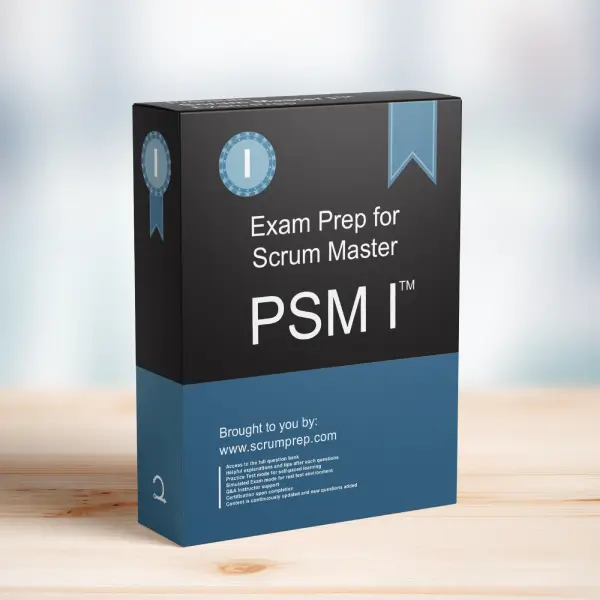The Tactic a Scrum Team Should Use to Divide a Group of 100 People into Multiple Scrum Teams
Forming effective Scrum Teams is a crucial aspect of successfully implementing Scrum in an organization. The approach to dividing a large group into multiple Scrum Teams can significantly impact team dynamics, productivity, and the overall success of the project.
Exam Question
What tactic should a Scrum Team use to divide a group of 100 people into multiple Scrum Teams?
(choose the best answer)
A. Create teams based on their skills across multiple layers (such as database, UI, etc).
B. Ask the Product Owner to assign the people to teams.
C. Ask the people to divide themselves into teams.
Correct Answer
C. Ask the people to divide themselves into teams.
Self-Organizing Teams
One of the core principles of Scrum is self-organization. Self-organizing teams are empowered to make decisions about how they work, which includes forming the teams themselves. This empowerment fosters ownership, accountability, and higher motivation among team members.
- Empowerment: Allowing people to form their own teams gives them a sense of control and ownership over their work environment and processes.
- Team Dynamics: Individuals are more likely to choose to work with people they communicate well with and trust, leading to better team dynamics and collaboration.
- Intrinsic Motivation: When people have a say in their team formation, they are more likely to be committed and motivated to achieve the team’s goals.
Examining the Other Options
A. Create teams based on their skills across multiple layers (such as database, UI, etc):
This approach aligns with the concept of component teams, which focus on specific technical layers or components. However, Scrum encourages cross-functional teams that can deliver a complete Increment of product functionality. Cross-functional teams reduce dependencies and increase the ability to deliver value in each Sprint.
B. Ask the Product Owner to assign the people to teams:
The Product Owner’s primary responsibility is to maximize the value of the product by managing the Product Backlog. Assigning people to teams is not within the typical responsibilities of a Product Owner and can undermine the principle of self-organization. It can also lead to a lack of ownership and motivation among team members.
Benefits of Self-Organizing Teams
Self-organizing teams have several advantages that align with Scrum principles:
- Increased Collaboration: Team members who choose to work together are more likely to collaborate effectively and resolve conflicts amicably.
- Higher Engagement: Team members are more engaged and motivated when they have a say in their team composition and working arrangements.
- Enhanced Flexibility: Self-organizing teams can quickly adapt to changes and find innovative solutions to challenges, leading to better overall performance.
Responsibilities in Scrum
- Product Owner: Ensures the Product Backlog is ordered and refined to maximize value and align with the team’s capacity. Focuses on creating and communicating the Product Goal and backlog items.
- Scrum Master: Facilitates Scrum practices, removes impediments, and ensures that the team adheres to Scrum principles. Supports the team in self-organization and continuous improvement.
- Developers: Collaborate to complete all tasks necessary to deliver a potentially shippable Increment, including ensuring that all Product Backlog items meet the Definition of Done. Work together to achieve the Sprint Goal.
Relevance to the PSM I Exam
Understanding the importance of self-organizing teams and the principles behind their formation is crucial for the PSM I exam. This knowledge helps ensure that Scrum Teams are set up for success and can effectively deliver value.
Key Takeaways
- Self-Organization: Empowering teams to form themselves fosters ownership, accountability, and motivation.
- Cross-Functional Teams: Encouraging cross-functional team composition ensures that teams can deliver complete Increments without dependencies.
- Scrum Principles: Adhering to Scrum principles, such as self-organization, is essential for successful Scrum implementation.
Conclusion
In summary, the most effective tactic for a Scrum Team to use when dividing a group of 100 people into multiple Scrum Teams is to ask the people to divide themselves into teams. This approach aligns with Scrum principles, fosters self-organization, and enhances team dynamics and motivation.
For comprehensive preparation and practice exams, check out PSM I Exam Prep to enhance your understanding and application of Scrum principles.




